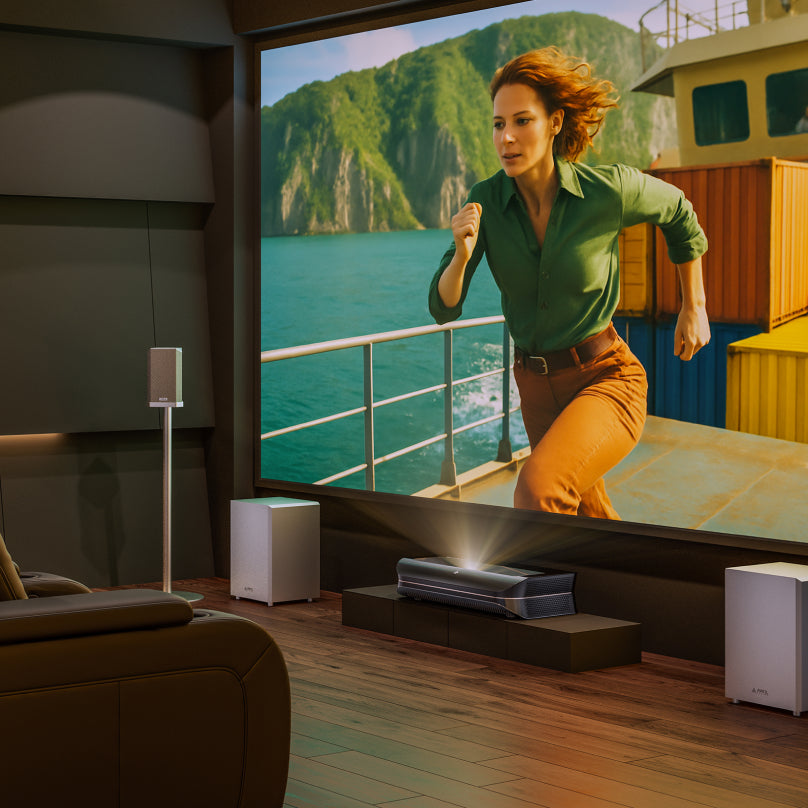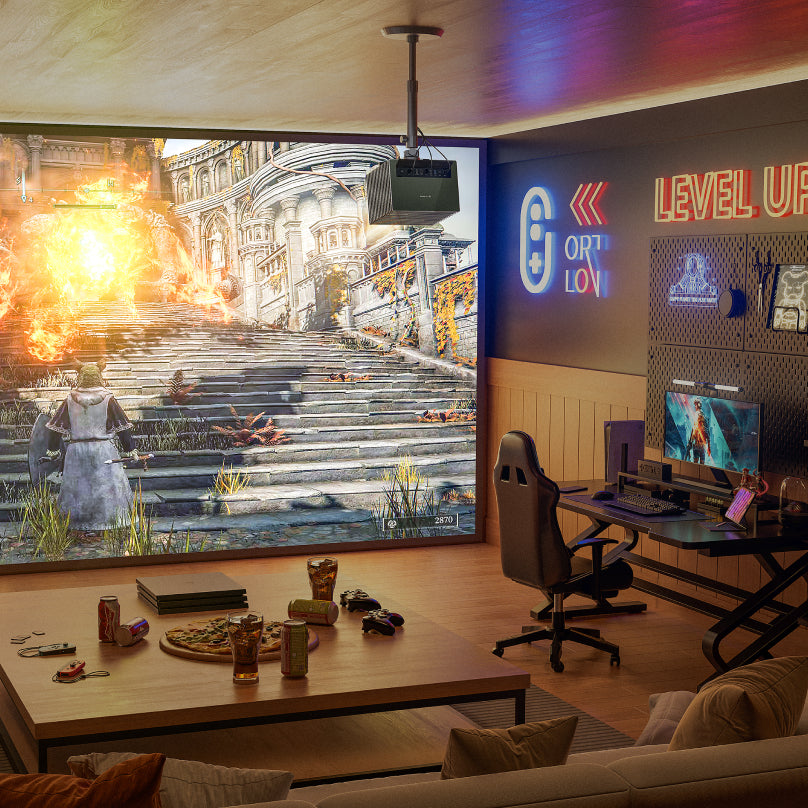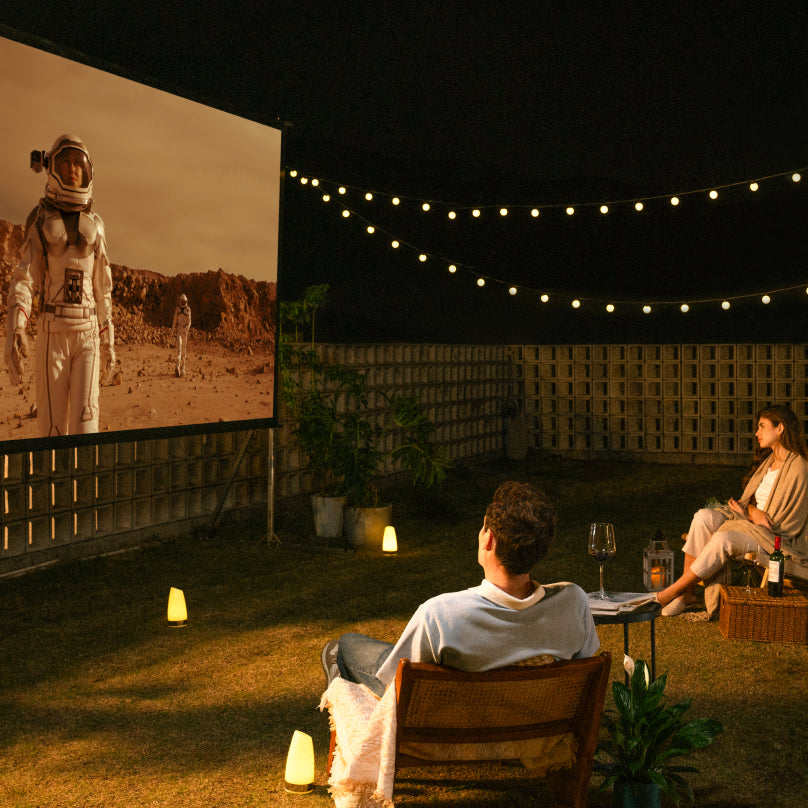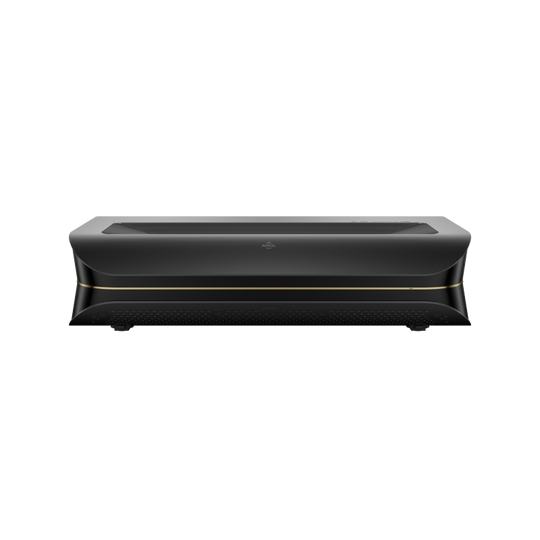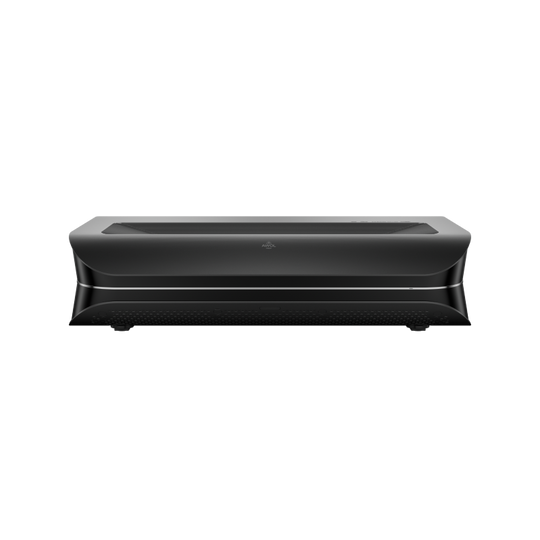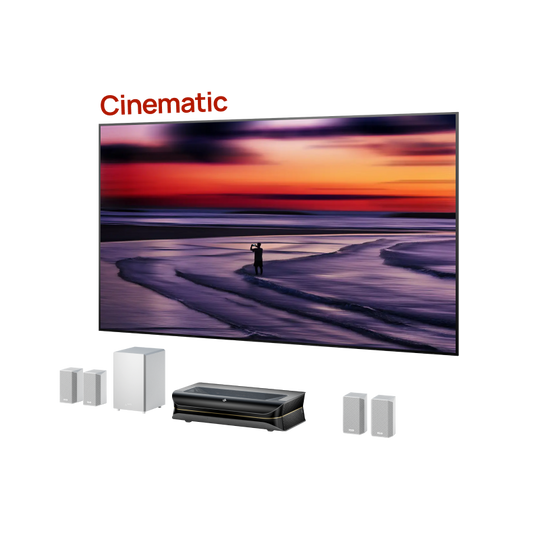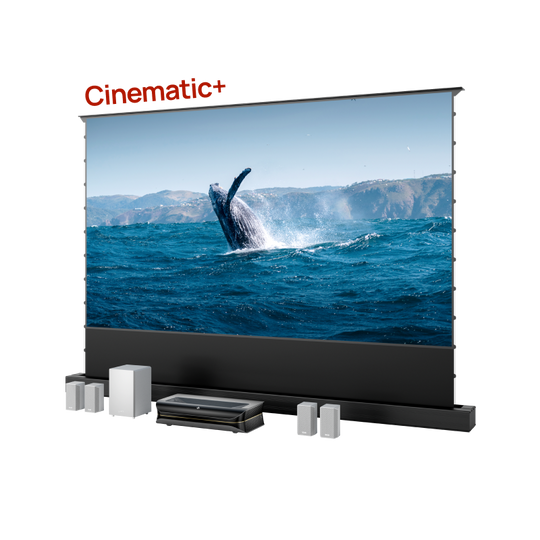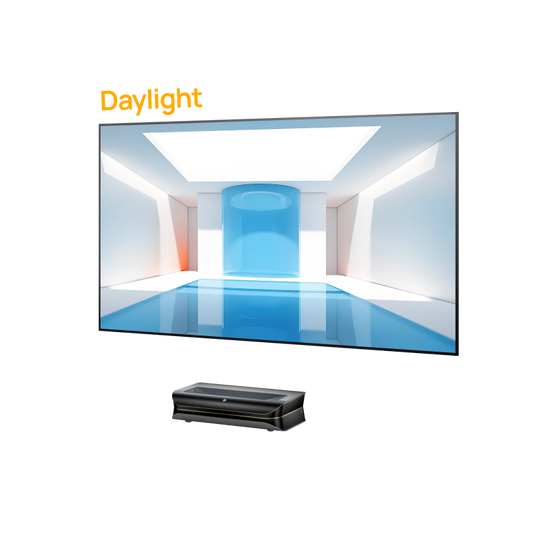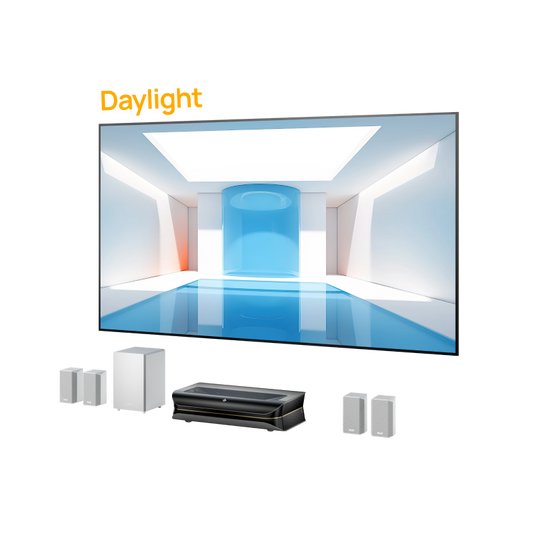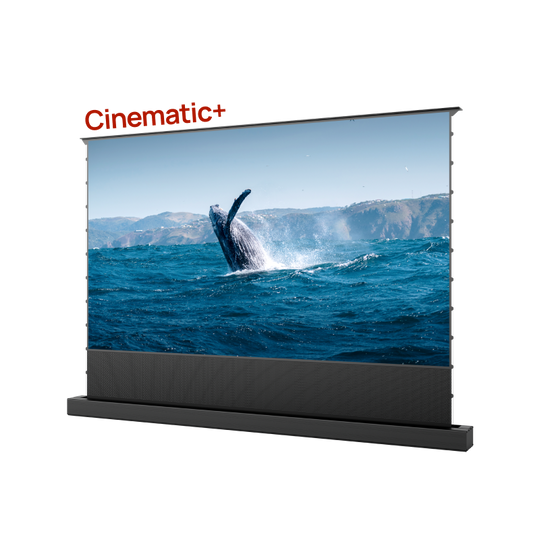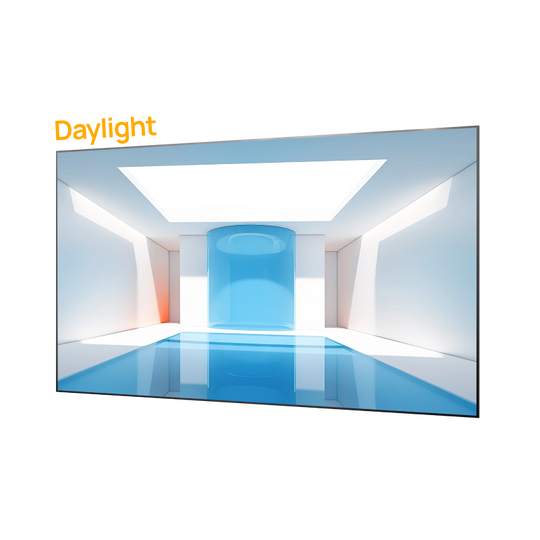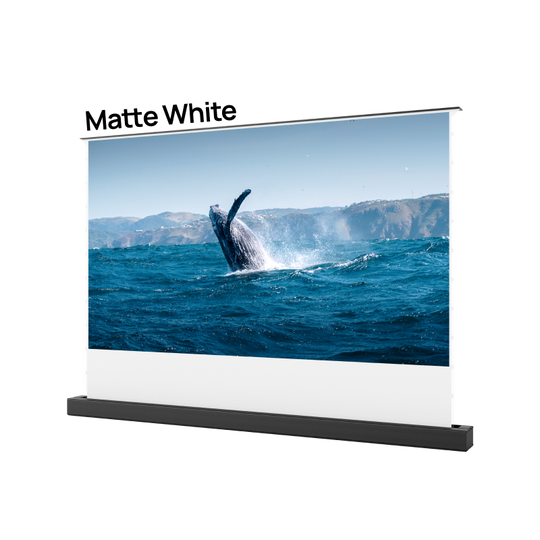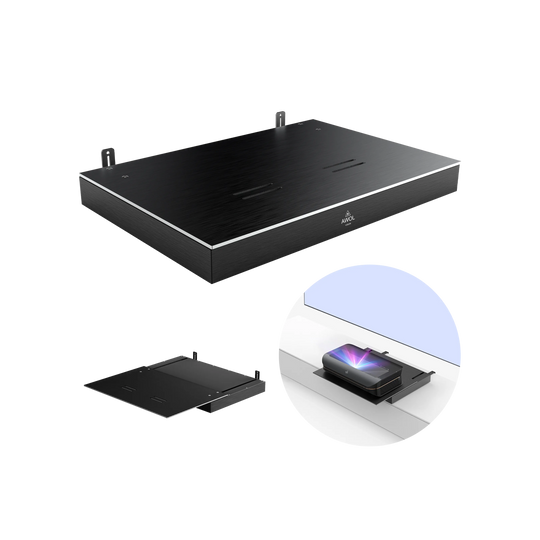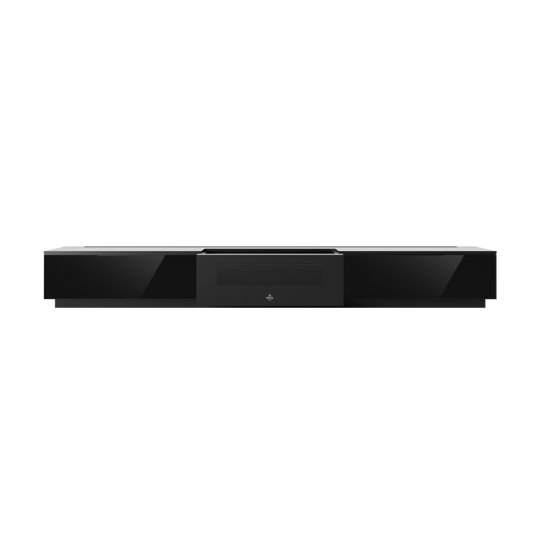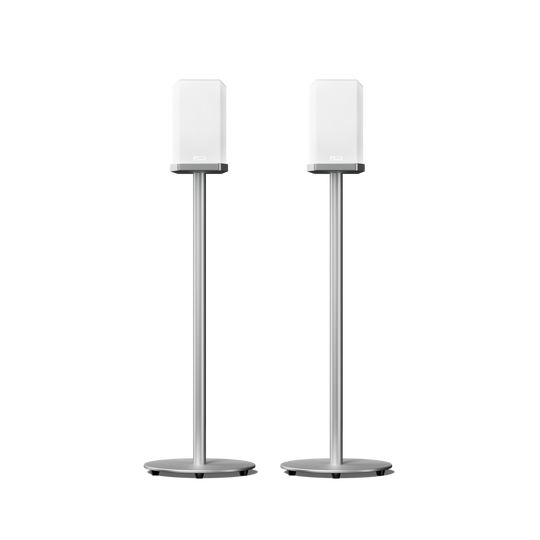When you invest in a high-performance home theater, you’re chasing an ideal: the stunning, immersive experience of a real movie theater. Your goal is to honor the creator's intent and replicate the professional mastering suite in your own home. You have the big screen and the powerful sound, but to perfect the picture, you must understand one of the most crucial settings: gamma.
This guide will demystify gamma, explain the critical difference between the 2.2 and 2.4 standards, and show you how to choose the perfect setting to unlock the full potential of your system.
What is Gamma? A Simple Guide to a Crucial Setting
In simple terms, gamma controls the overall brightness and contrast of an image. More technically, it governs the transition from the deepest blacks to the brightest whites, ensuring the image has depth, detail, and "pop." Incorrect gamma can make an image look flat and washed-out, or it can "crush" the blacks, hiding details in dark scenes.
But why does gamma exist at all? It's for two reasons rooted in history and human biology:
-
It Mimics Human Vision: Our eyes are not linear; we are far more sensitive to changes in dark tones than in bright ones. Gamma encoding redistributes the data in a video signal to match our eyes' sensitivity, ensuring smooth gradients without visible banding, especially in shadows.
-
It's a Legacy of CRT Displays: Early CRT televisions had an inherent physical property where brightness did not increase in a straight line with the input voltage—it followed a gamma curve. Modern displays must now emulate this characteristic to display all existing content correctly.
Gamma 2.2 vs. Gamma 2.4: Profiling the Contenders
The choice between the two main gamma standards comes down to your viewing environment and the content you are watching.
Gamma 2.2: The Standard for Bright, Multi-Use Spaces
Gamma 2.2 is the de facto standard for the computing world, tied to the sRGB color space used by Microsoft Windows, Apple's macOS, and virtually all web content. It produces a brighter image with more visible detail in the shadows. This is an intentional design choice for viewing in rooms with some ambient light (offices, bright living rooms), where a brighter image is needed to overcome screen glare and prevent the picture from looking "muddy."
Gamma 2.4: The Reference for Cinematic Immersion
Gamma 2.4 is the established reference standard for high-definition video, specified by the ITU's BT.1886 recommendation. This is the target gamma for all cinematic content, including Blu-ray discs and premium streaming services. An image at Gamma 2.4 is visibly darker and has higher contrast, providing a "punchier," more dramatic look that is only appropriate for viewing in a dimly lit or completely dark room.
The 'Aha!' Moment: How Ambient Light Changes Everything
Here is the most important principle: the goal is to achieve the same perceived image, regardless of your room's lighting.
This is where the "dim surround effect" comes into play. In a dark room, your pupils are dilated, making you highly sensitive to shadow detail. In a bright room, your pupils constrict, and ambient light reflects off the screen, lifting the black levels and washing out the image.
To counteract this, you must lower your display's gamma. The Gamma 2.2 setting brightens the shadows in the signal to fight the room's ambient light. The result is an image that, to your eyes in that bright room, perceptually matches the contrast and shadow detail of the Gamma 2.4 image in a dark room.
Therefore, choosing 2.2 in a bright room is not "inaccurate"—it is the correct technical compensation to restore the creator's intent in a compromised environment.
First Things First: A Crucial Calibration Step
Before you even touch the gamma setting, you must set your display's foundational black and white points. If these are wrong, your gamma setting will be meaningless.
-
Set Black Level (Brightness): Use a black level test pattern. Lower the "Brightness" control until the bars below reference black are crushed, then raise it one click at a time until the bar just above reference black is barely visible. This prevents "crushed blacks."
-
Set White Level (Contrast): Use a white level test pattern. Raise the "Contrast" control as high as possible without "clipping," where the brightest shades of white merge into one. This preserves detail in bright objects.
Only after setting these can you properly adjust gamma.
Answering Your Common Gamma Questions
-
What is gamma 2.4 used for? Gamma 2.4 is the professional standard used for mastering movies and TV shows (Blu-ray, broadcast, streaming) for viewing in a dark environment, as defined by the BT.1886 specification.
-
What is the best gamma correction setting? It depends entirely on the room. 2.4 for dark rooms, 2.2 for bright rooms.
-
Is 2.2 gamma dark? No, gamma 2.2 produces a brighter overall image compared to 2.4, which is why it's better for rooms with ambient light.
-
What is the best gamma setting for a projector? For any projector in a light-controlled home theater, Gamma 2.4 is the correct choice for watching SDR content. On a premium 4K laser projector like an AWOL Vision LTV-3500 Pro, this ensures you are viewing the content with the exact color accuracy and deep contrast the director intended.
-
Actionable Tip: On an AWOL Vision projector, navigate to the advanced picture settings. To get the cinematic 2.4 gamma, you should select the menu option labeled "Bright."
A Note on Modern Formats: HDR, Games, and Metadata
The concept of gamma primarily applies to Standard Dynamic Range (SDR) content. High Dynamic Range (HDR) formats (HDR10, Dolby Vision) use a different system that your projector will switch to automatically. For video games, it is always best to use the game's own internal calibration screen, as it is tailored to that specific game's rendering engine.
Your Verdict: A Cinema Purist or a Living Room Pragmatist?
Ultimately, your choice depends on your viewing style.
-
For the Cinema Purist: If your goal is the most faithful reproduction in a "bat cave" environment, Gamma 2.4 (or the BT.1886 preset) is the only answer. This is how you replicate the mastering suite.
-
For the Living Room Pragmatist: If your theater is a multi-purpose living room, Gamma 2.2 is your most practical choice for consistent viewing.
-
The Expert Solution: Create two picture modes. A "Day Mode" set to Gamma 2.2, and a "Night/Movie Mode" set to Gamma 2.4. This gives you the best of both worlds with the click of a button.
By understanding these principles, you can move beyond simply following a rule and make an informed, deliberate choice to achieve the best possible picture fidelity for your unique setup.
